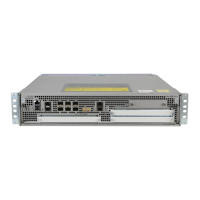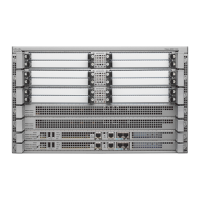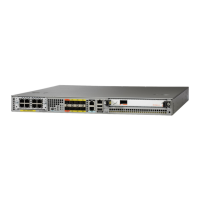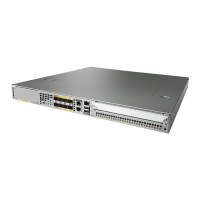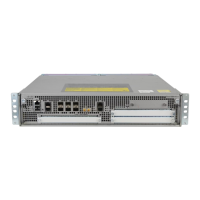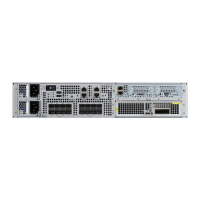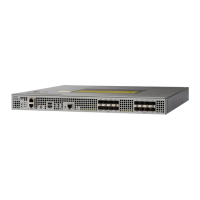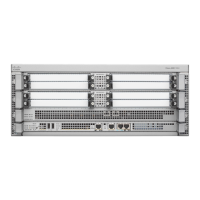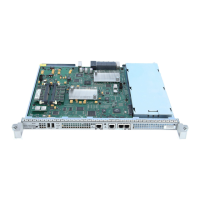Page 67 of 72
7 Modes of Operation
An IOS router has several modes of operation, these modes are as follows:
Booting – while booting, the routers drop all network traffic until the router image and
configuration has loaded. This mode of operation automatically progresses to the Normal
mode of operation. During booting, an administrator may press the break key on a
console connection within the first 60 seconds of startup to enter the ROM Monitor mode
of operation. This Booting mode is referred to in the IOS guidance documentation as
“ROM Monitor Initialization”. Additionally if the Router does not find a valid operating
system image it will enter ROM Monitor mode and not normal mode therefore protecting
the router from booting into an insecure state.
Normal - The IOS router image and configuration is loaded and the router is operating as
configured. It should be noted that all levels of administrative access occur in this mode
and that all router based security functions are operating. While operating the router have
little interaction with the administrator. However, the configuration of the router can have
a detrimental effect on security. Misconfiguration of the router could result in the
unprotected network having access to the internal/protected network
ROM Monitor (ROMMON) – This mode of operation is a maintenance, debugging, and
disaster recovery mode. While the router is in this mode, no network traffic is routed
between the network interfaces. In this state the router may be configured to upload a
new boot image from a specified TFTP server, perform configuration tasks, and run
various debugging commands.
To return to EXEC mode from ROM monitor mode, use the “continue” command in
ROM monitor mode.
rommon 1> continue
Router#
It should be noted that while no administrator password is required to enter ROM monitor
mode, physical access to the router is required; therefore, the router should be stored in a
physically secure location to avoid unauthorized access which may lead to the router
being placed in an insecure state.
Following operational error, the router reboots (once power supply is available) and
enters booting mode. The only exception to this is if there is an error during the Power
on Startup Test (POST) during bootup, then the TOE will shutdown. If any component
reports failure for the POST, the system crashes and appropriate information is displayed
on the screen, and saved in the crashinfo file. Within the POST, self-tests for the
cryptographic operations are performed. The same cryptographic POSTs can also be run
on-demand as described in section 3.2.3 . If an error occurs it will be written to the log.